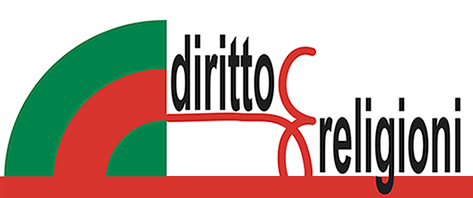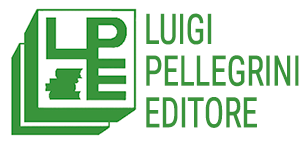Nr. 1/2025GIULIA KAKAVAS The right to a name: religious identity, legal recognition and the secular grammar of citizenship
NEWSITALY Fondo edifici di culto: new regulations for the use and reproduction of works and goods
ABSTRACT
The current historical period is characterized by societies that are increasingly different from a religious and cultural point of view and when we talk about differently religious societies we are referring to a complex phenomenon that implies not only the coexistence of different religions within a society, but also the presence of various ways of believing and practicing faith within individual religious confessions. Therefore, we can talk about a diversity of religious diversity that paradoxically makes it easier to think of places where people of different religious or philosophical cultures can meet, not on the basis of strict memberships to a group/community, but of individual choices. In this context, a space of freedom opens up; in it there is no longer a tailor-made suit for everyone and we find a situation in which to the individual is given the chanceof believing or not believing or of placing themselves in an intermediate condition, in which it is not necessary to attach their beliefs to a religion. This paper focuses on the numerous architectural initiatives aimed at creating spaces of meditation and prayer, with a clear multi-religious connotation. To this end, a series of plural places have arisen that guarantee a spiritual space in those crowded and transit areas in which there are individuals with different religious sensibilities, so religious experience must also be considered in a plural way.
KEYWORDS
Multireligiosity; Religious pluralism; Places of worship; Universal spirituality; Multireligious spaces


